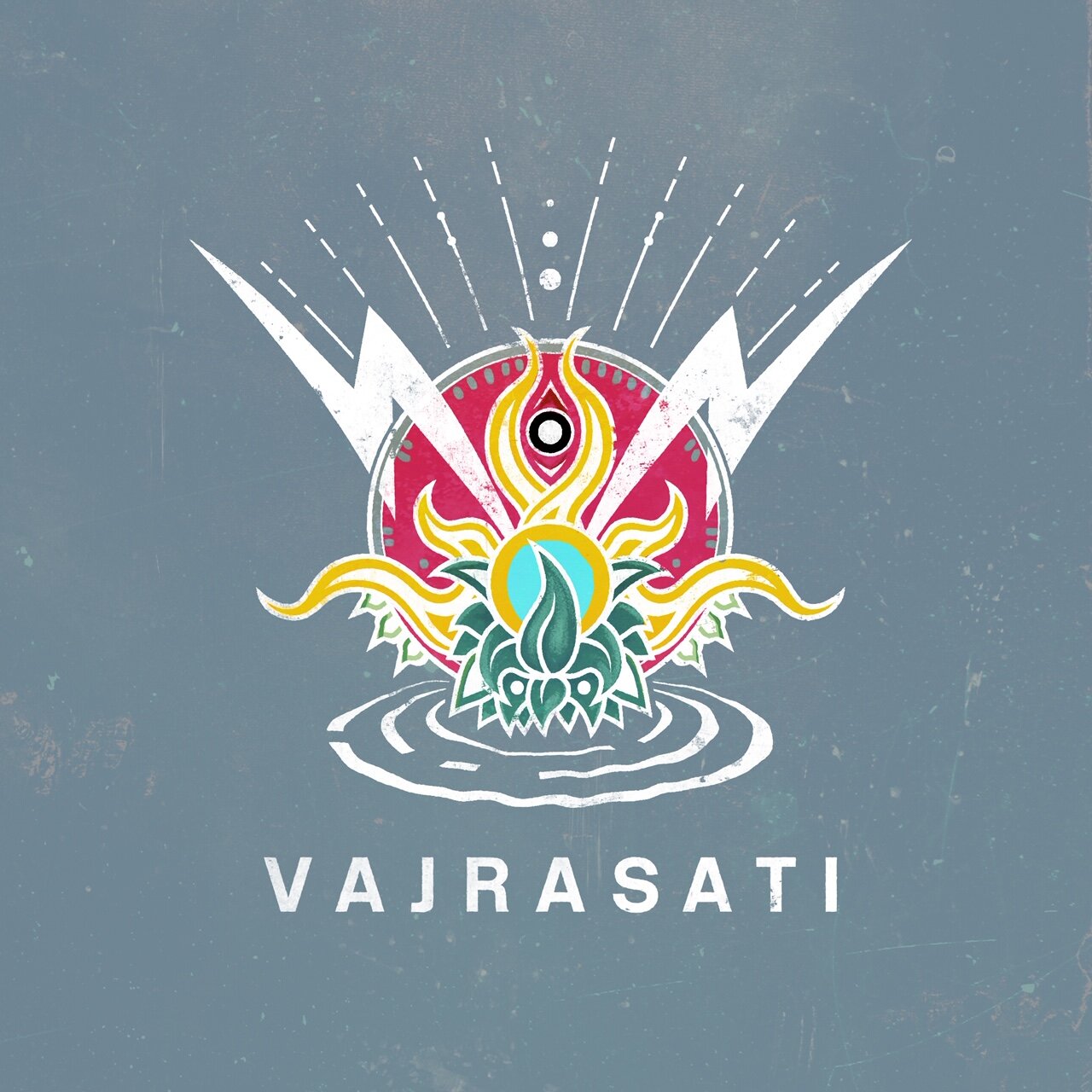The Vajrasati Teaching Code
Holding a certificate bearing ‘Vajrasati teacher’ means, amongst other things, two principles:
One, that you have completed the Vajrasati 500 hours Yoga Alliance-registered teacher training course, (see conditions of graduation). And two, that on completion of the course that you stay in regular contact with other Vajrasati teachers, both in terms of class attendance and socially. This is the principle of ‘shared learning’. It is this principle that brings about the continuity within the school, rather than a more conservative ‘define and defend’ attitude.
Commitment, membership, joining a group are expressions that can bring up entirely justified fears and anxieties. In their turn they can evoke fears of homogenisation, peer pressure, brainwashing, and the like, which will sound off alarm bells in any one who values free thinking. Furthermore, from these kinds of thoughts, dualities such as obedience/rebellion, conformist/non-conformist, which tap into primal currents such as belonging and it’s ever presence twin, exclusion. These, of course, are highly emotive and we are left with only a few choices; rejecting the whole ball game, taking it all on wholesale or recognition and subtlety. For this last reason then, it is important to recognise what the Vajrasati teacher’s certificate does and does not mean.
The Vajrasati teachers certificate does mean.
That you teach safely. Not using your students as guinea pigs for something that you have not tried and tested on yourself, and perhaps with your peers, several times.
That you attend shared learning events and Vajrasati days, which will be forums to facilitate communication, discussion and experimentation.
That if you are trying something very different from anything that you’ve seen or heard of within the school, firstly that you have tried and tested it, and secondly that you bounce your ideas off others in the community, like a sort of mirror. This does require that members are not conservative and exercise discernment over discrimination when feeding back to one another.
The Vajrasati teachers certificate does not mean.
That you have to teach yoga in exactly the same way or even with the same form as your peers.
That Vajrasati Yoga is outside of the individuals that the term connotes. Therefore it is not something separate to oneself, which one has to try and distort or deny oneself to fit into.
That one’s creative ideas and discoveries have to be compromised. The overwhelming principle of Vajrasati Yoga is that the group grows with the individual not the individual shrinks to fit the group. A mature attitude would be that if one is confident enough in one’s discoveries (this has a lot to do with one’s motivation; if is motivated by a sense of responsibility to one’s students, passion for the subject and a real desire to try and be helpful) then there will be nothing threatening about putting them out there where imparting to others one’s discoveries can only really result in shared learning and refinement of one’s ideas.
That you are teaching yoga without reference or support.
That you are teaching yoga without testing, clarifying and refining your ideas in the fire of practice, debate and feedback.
